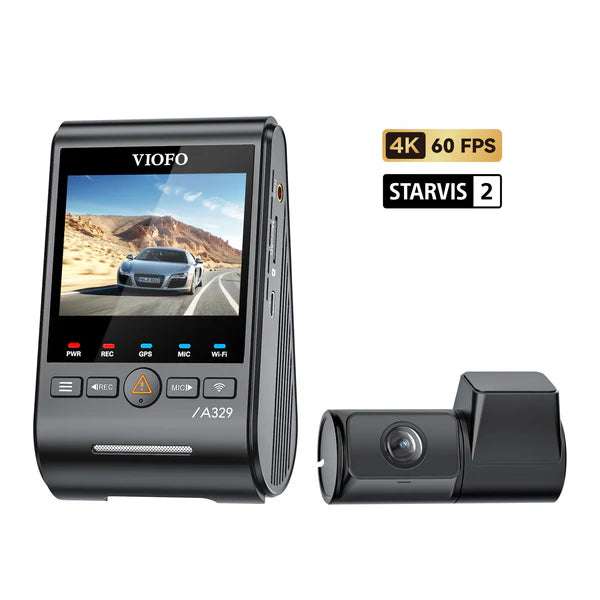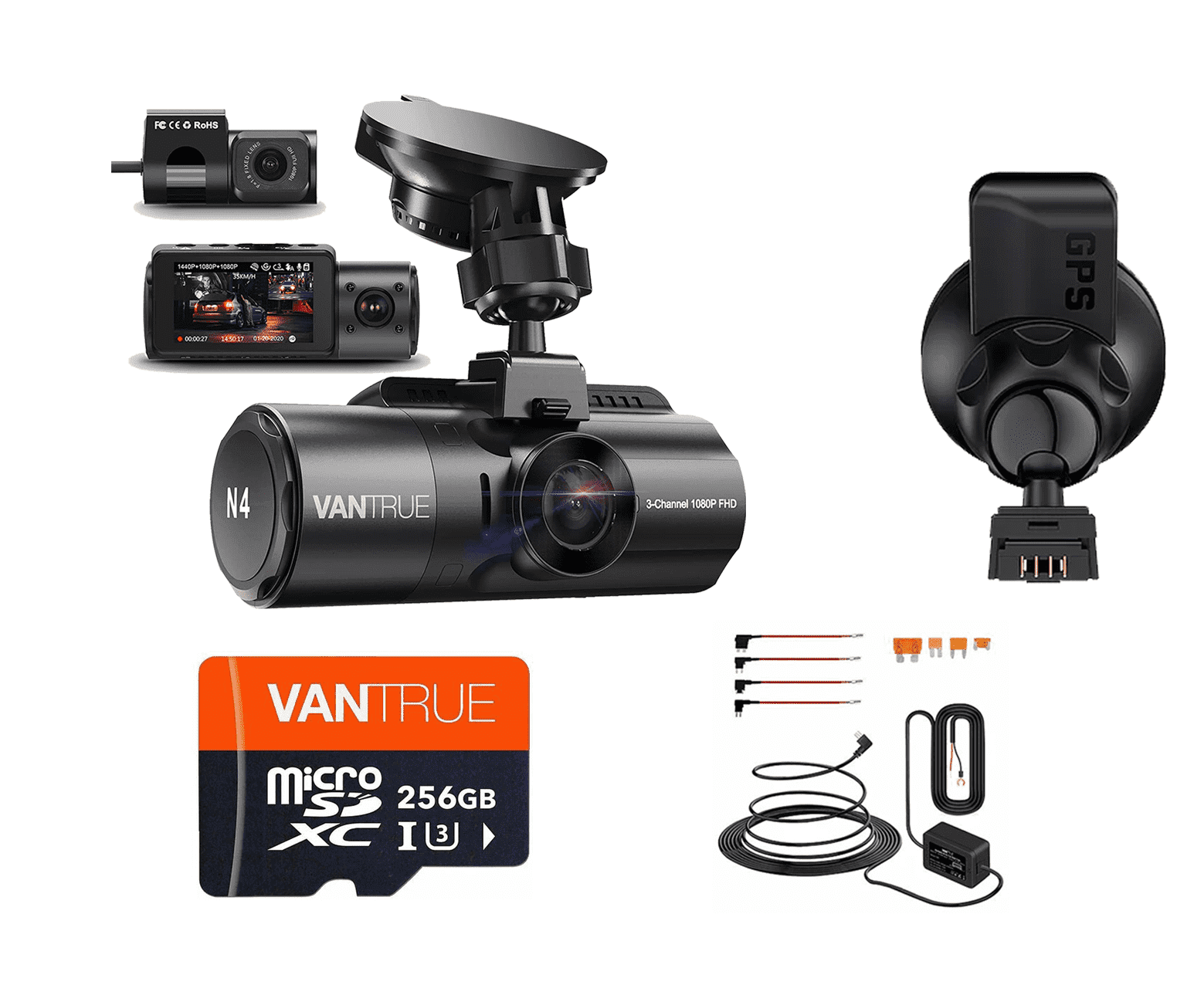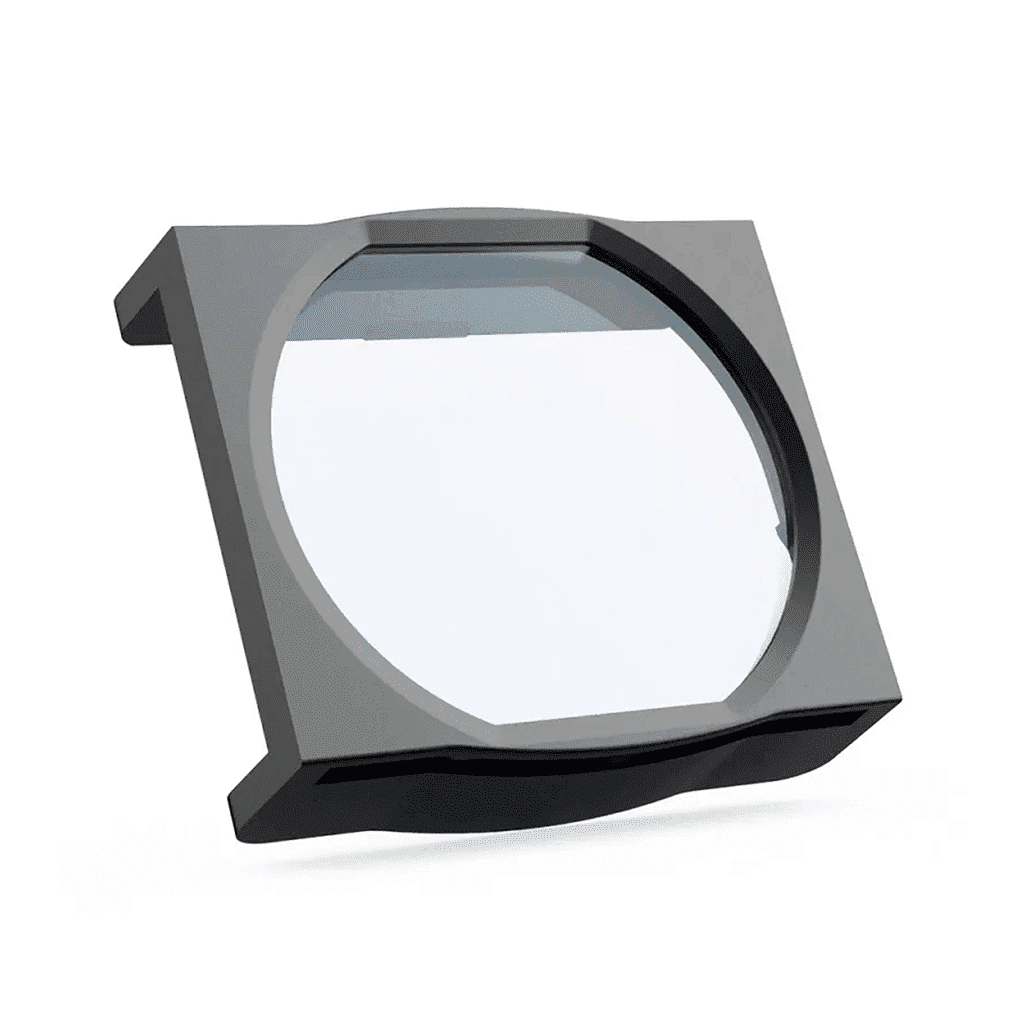They are increasingly found on the dashboards of German cars: dashboard cameras, or dashcams for short. They can record the surroundings or traffic while you drive. But is that even allowed? How long can a dashcam record? And what do you have to bear in mind when recording an accident on video? These and many other questions relating to recording with a dashcam are addressed in this article.
What is a dashcam anyway?
A dashcam is a small camera for the car that records while driving and is mounted either on the dashboard or, like a navigation device, on the inside of the windshield of the car. The name is made up of the English words "dashboard" and "camera". Many users hope to be able to prove their innocence in the event of an accident or want to document traffic violations in order to report them.
Some mini cameras even have acceleration sensors that register collisions. In such a case, the recording is saved permanently and is no longer overwritten. The car camera switches on and off automatically when the car's ignition is activated. While driving, the dashcam continuously records the traffic in front of the vehicle and saves the recordings in small sections on a memory card. The supported formats and sizes of the memory cards vary depending on the model, although SD/SDHC and Micro SD cards with capacities of up to 32 GB or 64 GB are usually used. Some cameras are even equipped with G-force sensors that measure acceleration and deceleration and are only triggered in the event of an accident. Dashcams for motorcycles, trucks and bicycles are now also available.
Dashcam recordings as evidence: the current legal situation
In 2018, a ruling by the Federal Court of Justice (BGH) brought a significant change for dashcam users in Germany. For the first time, this ruling allowed the use of dashcam recordings as evidence in court under certain circumstances.
The ruling states that in the event of an accident, the injured party's interest in providing evidence must be weighed against the general personal rights of the person who caused the accident. Installing and using a car camera is therefore generally permitted. However, filming and storing public traffic without cause remains prohibited as it violates data protection (Art. 6 GDPR, Section 4 BDSG). Dashcams should be set up so that they overwrite recordings if there is no accident or other special situation.
How long can a dashcam recording be?
Many drivers ask themselves when and for how long they can switch on the dashcam if it is not allowed to film continuously and without a specific purpose. Basically, most cameras have the so-called "loop function", which only saves small video snippets in an endless loop and overwrites or deletes the oldest recordings when the memory is full. To ensure that the camera does not overwrite the recordings of an accident, the dashcam should be equipped with a G-sensor (acceleration sensor) that detects strong braking and acceleration, such as those that occur in a collision. In such a dangerous situation, the camera automatically saves the recordings and does not overwrite them later. A dashcam with GPS also detects the exact location of the accident and saves the date and time. By activating these functions, you are legally protected. If you want to use the camera for parking monitoring, you need a dashcam with motion detection, which only switches on when movement is detected in front of the lens.
When is a recording punishable by a fine?
There are clear limits that dashcam owners must observe when filming. For example, it is not permitted to publish recordings in which strangers or vehicles can be clearly identified. Publishing such recordings without the consent of those depicted violates their right to informational self-determination and can be punished with a fine of up to 20 million euros or up to four percent of annual turnover for companies. There is also the threat of fines if dashcam recordings are passed on to the police or car insurance company after an accident. Filming other road users committing traffic violations and passing these recordings on to the police can also be punished with fines. Only the police are allowed to make such recordings and use them for criminal prosecution. The requirements for legally publishing dashcam videos are high. Faces, license plates, place-name signs, prominent waypoints and similar identifiable features must be made unrecognizable unless the people concerned have consented to the recording and publication. This also applies if a dashcam is attached to a bicycle or motorcycle.
Using dashcams abroad
There is currently no uniform regulation at EU level regarding the use of a dashcam in a car. The regulations vary from country to country, so in some countries it is completely prohibited for data protection reasons, while in others recordings are only permitted for private use. In some countries, the video recordings can be used as evidence in court after an accident, provided those involved are informed. Below you will find an overview of the countries so that you are on the safe side on your next vacation:
- Belgium: The recordings may only be passed on to authorities. The judge decides on a case-by-case basis whether to allow the recordings in court.
- Denmark: In principle, recordings are permitted, but the judge ultimately decides whether to admit the recordings in court.
- Finland: The recordings are admissible as evidence.
- France: The recordings may be passed on to authorities and are admissible as evidence.
- Great Britain: The recordings are admissible as evidence.
- Italy: The judge decides whether to admit the recordings in court. However, the people filmed must be informed on site.
- Netherlands: The judge decides whether to admit the recordings in court.
- Norway: The recordings are admissible as evidence.
- Austria: No, it is generally not allowed to create videos.
- Poland: The judge decides whether to admit the recordings in court.
- Portugal: No, dashcams in cars are not allowed.
- Sweden: The recordings can be used if the camera is easy to remove and the recordings are overwritten regularly.
- Switzerland: The judge decides whether to admit the recordings in court.
- Spain: The recordings can be used if the camera does not obstruct the view in the car.
- Hungary: The recordings can be used if the recordings are deleted after five days.









